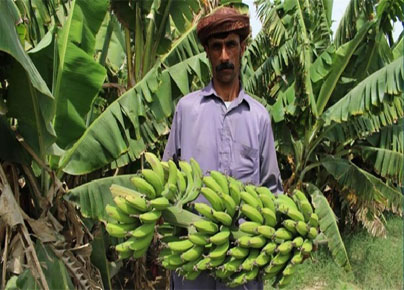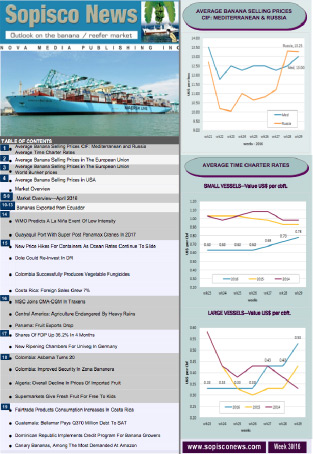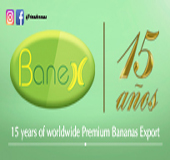Iran's Emergence as a Potential Banana Exporter
2024-03-08

Ardashir Shahraki, the deputy head of the provincial agriculture department, has recently highlighted Iran's potential to transition from a banana importer to an exporter. This significant shift could be realized by doubling the area of banana plantations in the Sistan and Baluchestan provinces in the southeast.
At present, the province boasts approximately 7,140 hectares of banana plantations. By expanding this area to 15,000 hectares, Iran could meet its domestic demand for bananas and export surplus produce to other markets. Recent discussions have proposed the establishment of an additional 5,000 hectares of banana plantations in the province. This proposal has piqued the interest of large economic groups within the country, indicating a promising future for banana cultivation in Iran.
Of the existing banana plantations, only 3,000 hectares are currently productive. However, from the start of the current Iranian year (March 21, 2023, through March 19, 2024), these plantations have yielded more than 203,000 tons of bananas. Despite this impressive yield, Iran's annual banana consumption stands at about 600,000 tons, with the majority imported from other countries. This highlights the potential for increased domestic production to significantly reduce reliance on imports.
In addition to bananas, the Sistan and Baluchestan Province is also known for producing a variety of other tropical and subtropical fruits, including mangoes, papayas, guavas, oranges, olives, and citrus fruits. The favourable climate in some regions of the province, such as Nikshahr, Sarbaz, Iranshahr, Konarak, and Chabahar counties, allows to produce crops twice a year.
In conclusion, with strategic planning and investment, Iran has the potential to transform its agricultural sector and emerge as a significant banana producer. If it does not become an exporter, it might reduce the costs of importing bananas from Central America, Southern America, India, and the Philippines. According to local traders, the continuous devaluation of the Iranian Rial/Toman against the USD makes the Persian country's imports very expensive.









